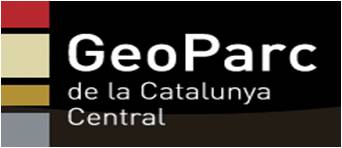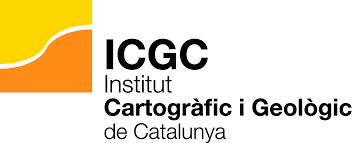Forests of Can Roca Els Blaus
With Montserrat as the background and on the edge of the Sierra de Rubió, we find this small area of typically Mediterranean landscape. Forests of white pine and ancient olive and carob cultivations surround the main value of this reserve: its geological heritage.
ALL THE SPACES IN THE NETWORKGeology
The toponym of Can Roca-els blaus has its origin in rocks of precisely this colour. In this area there is a large outcrop of clay materials with pebbles and blocks encompassed, called fault flour. We are in the contact between the Prelitoral mountain range and the depression of the Vallès-Penedès. The pre-littoral range, although more modest, was formed at the same time as the Pyrenees, during alpine orogenesis. Later (during the Neogene), normal faults cut off the coastal terrain to form tectonic pits and the present coast.
The geological peculiarity of this area is that we can see the relevance of one of these faults, which separates the Prelitoral mountain range from the Vallès-Penedès depression. This fault has crushed the rocks, mainly slates, giving them this appearance and the bluish colour. In addition, this outcrop is exceptional because it is over 300 metres thick and the erosion gives it spectacular shapes, known as gully erosions or bad-lands.
Other outlying rocks are Paleozoic slate and metamorphic rocks, Triassic red and limestone sandstone and clay. On the plain, the materials are either recent sediments of the rivers, or clays and layers of poorly cemented sandstone and clusters from the Neogene.
Its exceptionality is worth it being one of the Spaces of Geological Interest declared by the Department of Environment and Housing (geozone 330) together with other outcrops in the Sedó Colony area, and in the next outcrop of Ribes Blaves, in Olesa (geozone 329).
Space included in the GeoParc of Central Catalonia

